Introduction
In today’s manufacturing world, precision, stability, and efficiency are more important than ever. Industries like aerospace, automotive, and medical device manufacturing push the boundaries of machining technology, seeking solutions that can keep up with their high standards. Enter dual contact technology in tool holders—a game-changer for machining stability, precision, and performance.
This article explores how dual contact technology works, what benefits it brings to manufacturing, and the different systems that use it, like Big-Plus, HSK, CAPTO, and KM. With the right dual contact tool holder, manufacturers can see improvements in productivity, tool life, and even surface quality on finished parts. Let’s dive into the details of how dual contact technology is making an impact!
What is Dual Contact Technology?
At its core, dual contact technology addresses a fundamental problem in traditional tool holders: limited contact area. Historically, tool holders relied on a single taper contact to hold the tool steady in the spindle, but this approach has its limits. When working at high speeds or with tough materials, single-contact tool holders can experience instability, resulting in vibration, chatter, and accuracy issues. Dual contact technology steps in by introducing not just taper contact but also flange contact—where the tool holder’s face engages with the spindle face. This dual engagement provides extra support and drastically improves rigidity, accuracy, and stability.
Why Dual Contact? The Key Benefits
Dual contact tool holders bring several advantages over traditional single-contact holders:
- Enhanced Rigidity: The combination of taper and face contact creates a stronger hold, reducing vibration and chatter during machining.
- Higher Precision: With extra stability, dual contact holders make it easier to achieve high precision, even in demanding applications.
- Extended Tool Life: Minimizing vibrations and deflection means tools last longer, which saves money on replacements.
- Better Surface Finish: When vibration is reduced, surface quality improves, making it ideal for industries that require smooth finishes.
- High-Speed Ready: Dual contact holders are more stable at high speeds, making them a natural choice for high-speed machining (HSM) applications.
Meet the Major Dual Contact Tool Holder Systems
Dual contact technology isn’t limited to a single brand or type; it’s available in various systems, each with its unique benefits and ideal use cases. Let’s look at some of the most popular options.
1. Big-Plus (BBT)
Big-Plus by Big Daishowa is perhaps the most recognized name in dual contact tooling. Known for its compatibility with standard BT and CAT spindles (if they support dual contact), Big-Plus offers a reliable solution that’s easy to integrate. It’s commonly used in industries needing high precision and stability at a reasonable cost.
2. HSK (Hollow Shank Taper)
HSK tool holders are well-suited for high-speed machining and are widely adopted across Europe and Asia. With its hollow shank design and dual contact, HSK provides lightweight stability—an asset in precision machining. HSK comes in various types, like HSK-A and HSK-E, each designed for specific machining conditions.
3. CAPTO (Coromant Capto)
Sandvik Coromant’s CAPTO system combines dual contact with modularity and quick-change capability, making it versatile for both turning and milling. The CAPTO system is particularly popular in multitasking machines, offering unmatched flexibility and stability. It’s a modular powerhouse that provides the stability and versatility required in high-mix, high-precision manufacturing environments.
4. KM (Kennametal Modular)
Kennametal’s KM tooling system is a high-rigidity, dual-contact option that’s also modular, making it perfect for applications that need quick tool changeovers without compromising on stability. With its robust clamping capability, KM is frequently used in industries that require both precision and high torque, such as heavy-duty automotive and aerospace machining.
5. PSC (Polygonal Shank Coupling)
PSC, or Polygonal Shank Coupling, is another modular system standardized under ISO 26623, with a polygonal shank design that ensures dual contact. PSC is valued for its stability and precision, making it ideal for multitasking machines used in complex and high-precision tasks.
Where is Dual Contact Technology Making an Impact?
Dual contact tool holders have a home across several high-demand industries where precision and repeatability are essential. Some key applications include:
- Aerospace Manufacturing: The high tolerances and finish quality required in aerospace make dual contact technology an ideal choice.
- Automotive Manufacturing: High-speed machining of precision automotive parts benefits greatly from dual contact’s stability.
- Medical Device Manufacturing: With small part tolerances and critical accuracy, medical manufacturing is a natural fit for dual contact tool holders.
- Electronics and Semiconductors: Precision and stability at the micro level make dual contact valuable for electronics production.
Comparing the Top Dual Contact Systems
Here’s a quick breakdown of how the major dual contact systems stack up against each other:
| System | Key Characteristics | Applications | Strengths | Limitations |
|---|---|---|---|---|
| Big-Plus (BBT) | Face & Taper Contact; Compatible with BT/CAT | General Precision Machining | Compatibility, Cost-Effective | Limited in non-standard spindles |
| HSK | Hollow Shank, High-Speed Ready | High-Speed Machining | Lightweight, Rigid | Needs specialized spindle |
| CAPTO | Modular, Quick Change, Dual Contact | Turning, Milling | Flexibility, Stability | Higher initial cost |
| KM | Modular, High-Rigidity | Quick Change, High Torque | Strong Clamping | Compatibility limits |
| PSC | Polygonal Shank, ISO Standard | Multitasking, Precision | Stability, Precision | Select machine compatibility |
What’s Next for Dual Contact Technology?
The future of dual contact technology looks promising, especially as manufacturing demands continue to grow. Here are a few trends to watch:
- Advanced Materials: New materials for tool holders may push the boundaries of rigidity and durability even further.
- Hybrid Tooling Solutions: Combining dual contact with other tool-holding technologies could bring greater flexibility and stability.
- Smart Tool Holders: As Industry 4.0 gains momentum, integrating digital sensors into tool holders for real-time monitoring could become standard.
Conclusion
Dual contact technology is reshaping machining by providing the stability, precision, and durability that today’s industries demand. From Big-Plus to CAPTO and beyond, dual contact tool holders support faster, more accurate, and more efficient machining processes. As the need for high-speed and high-precision machining grows, dual contact systems will continue to play a vital role in the future of manufacturing.
With dual contact technology, manufacturers are one step closer to achieving the next level of machining performance. Whether it’s aerospace, automotive, or electronics, dual contact tool holders deliver the precision and reliability that modern manufacturing requires.

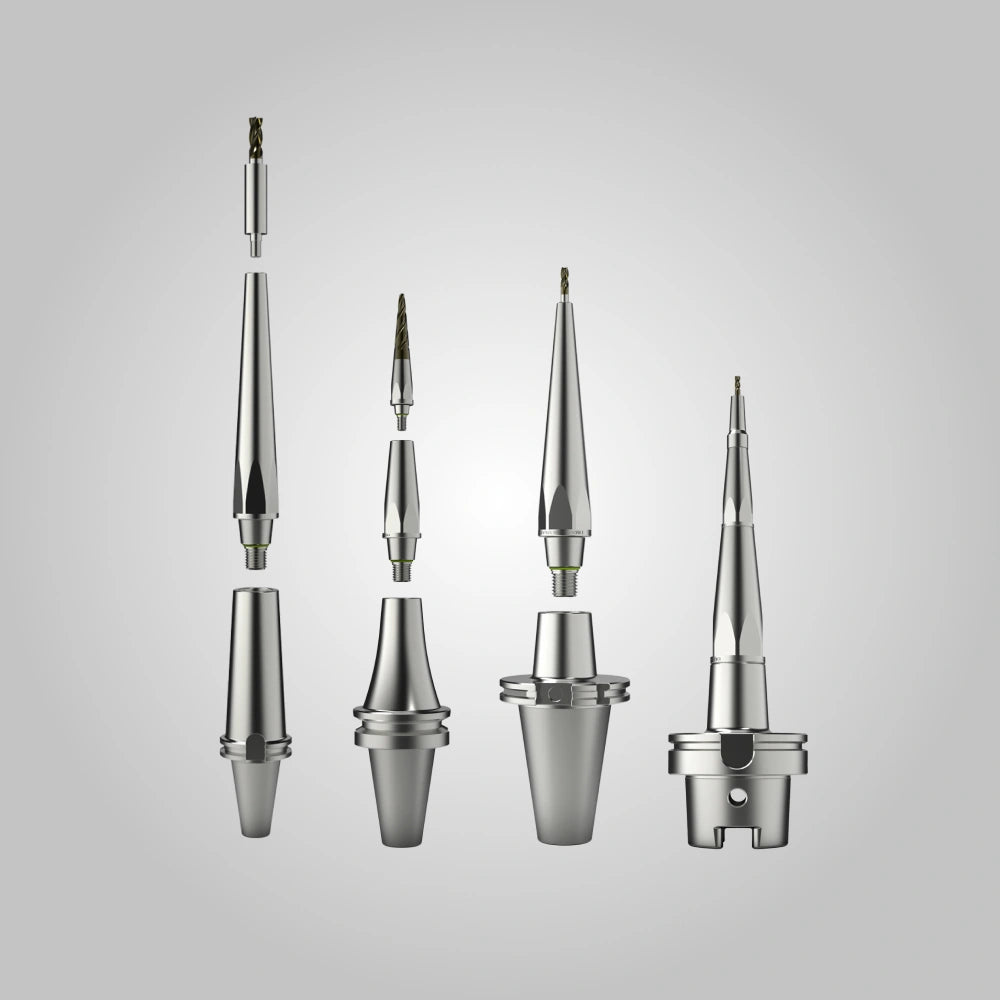
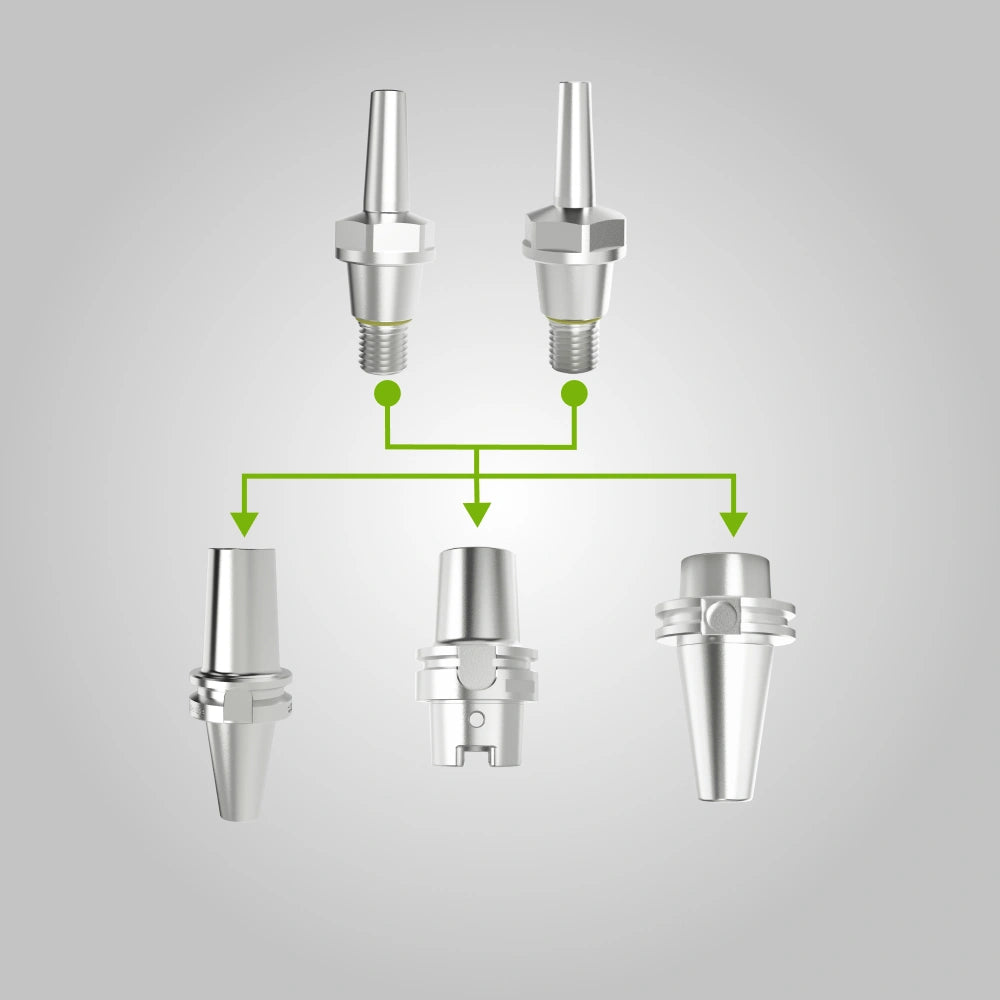
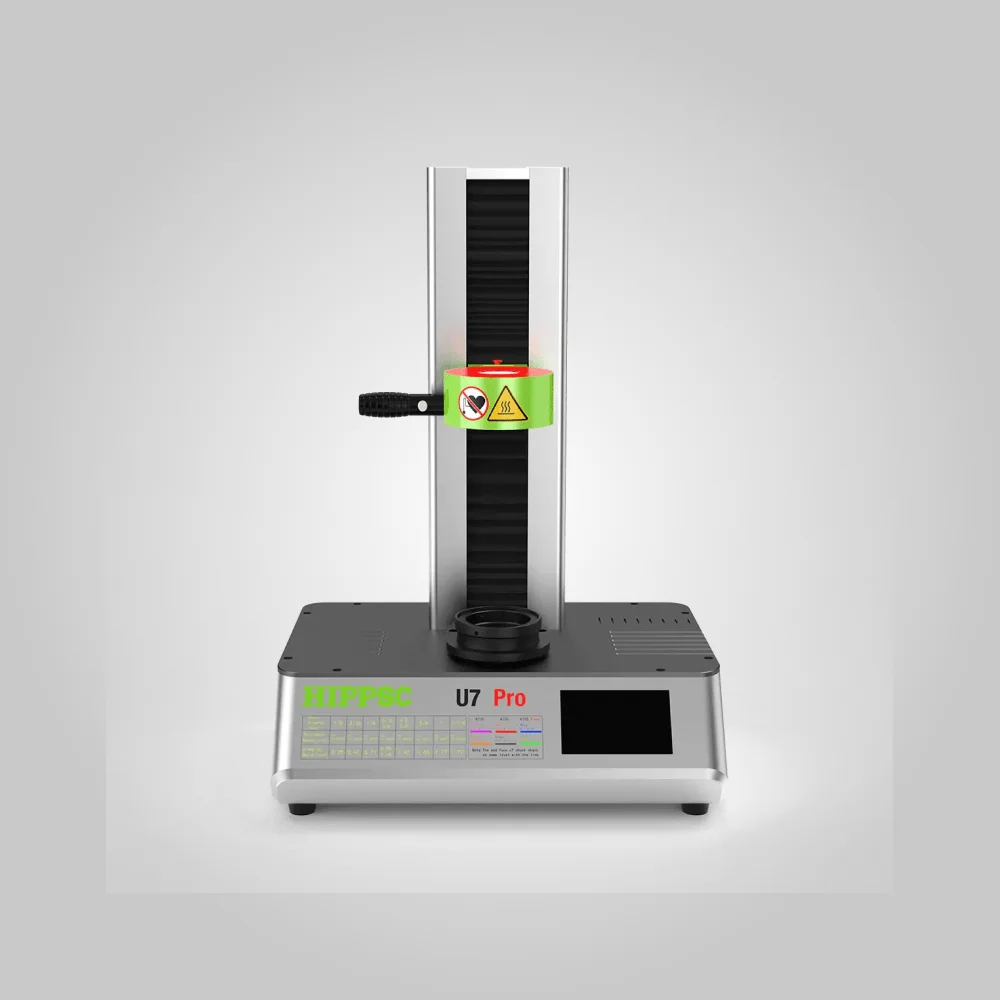
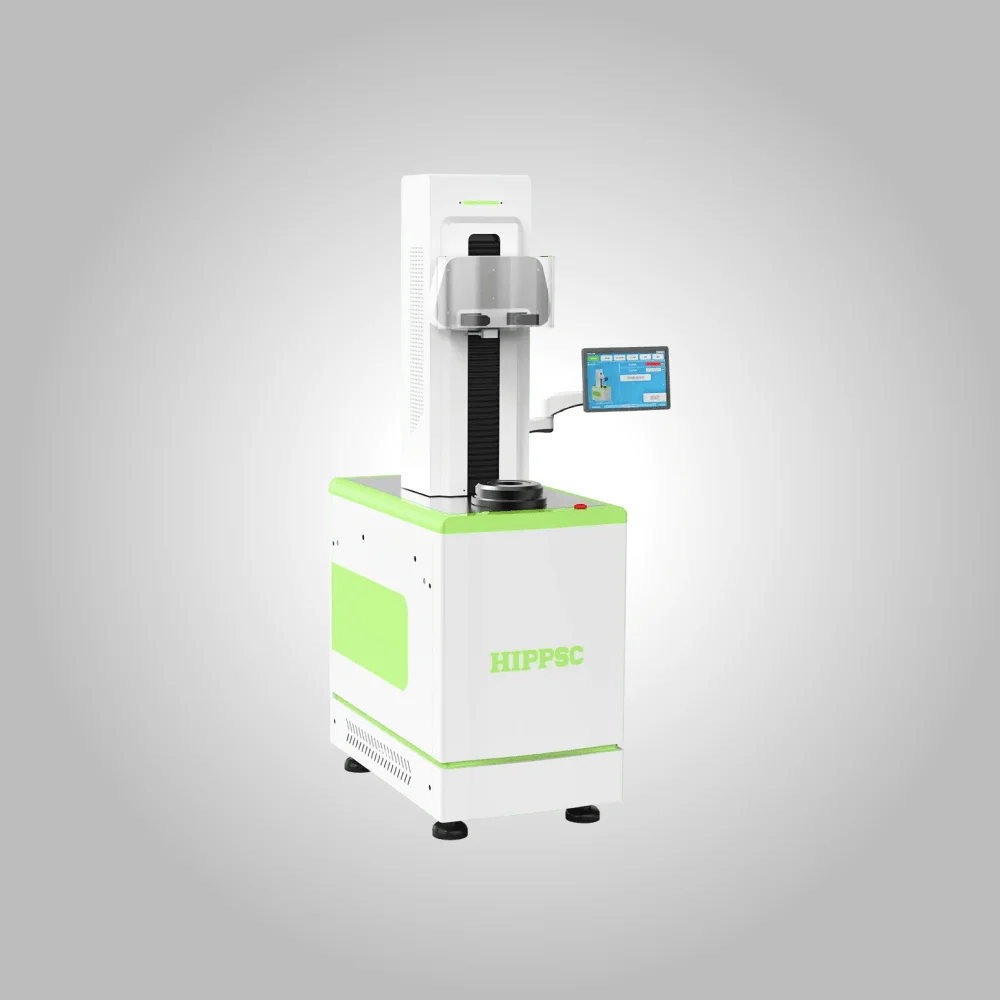
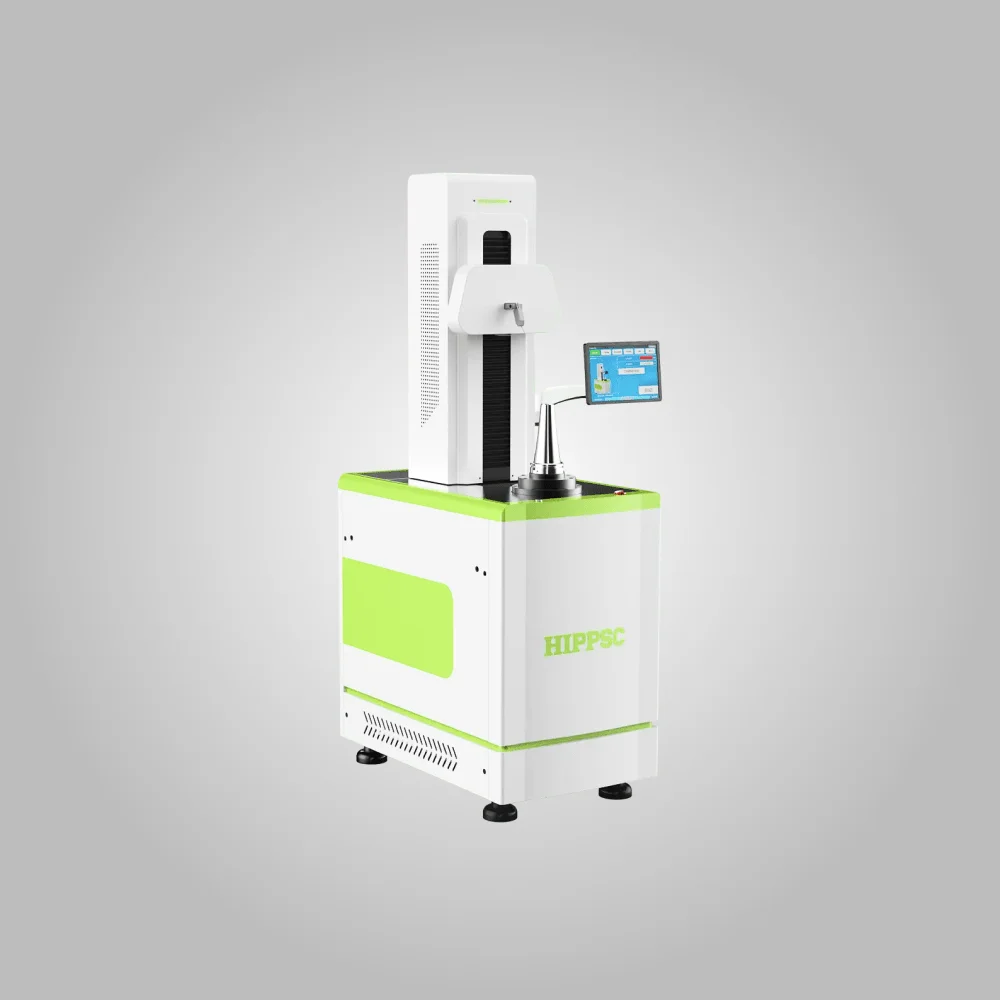
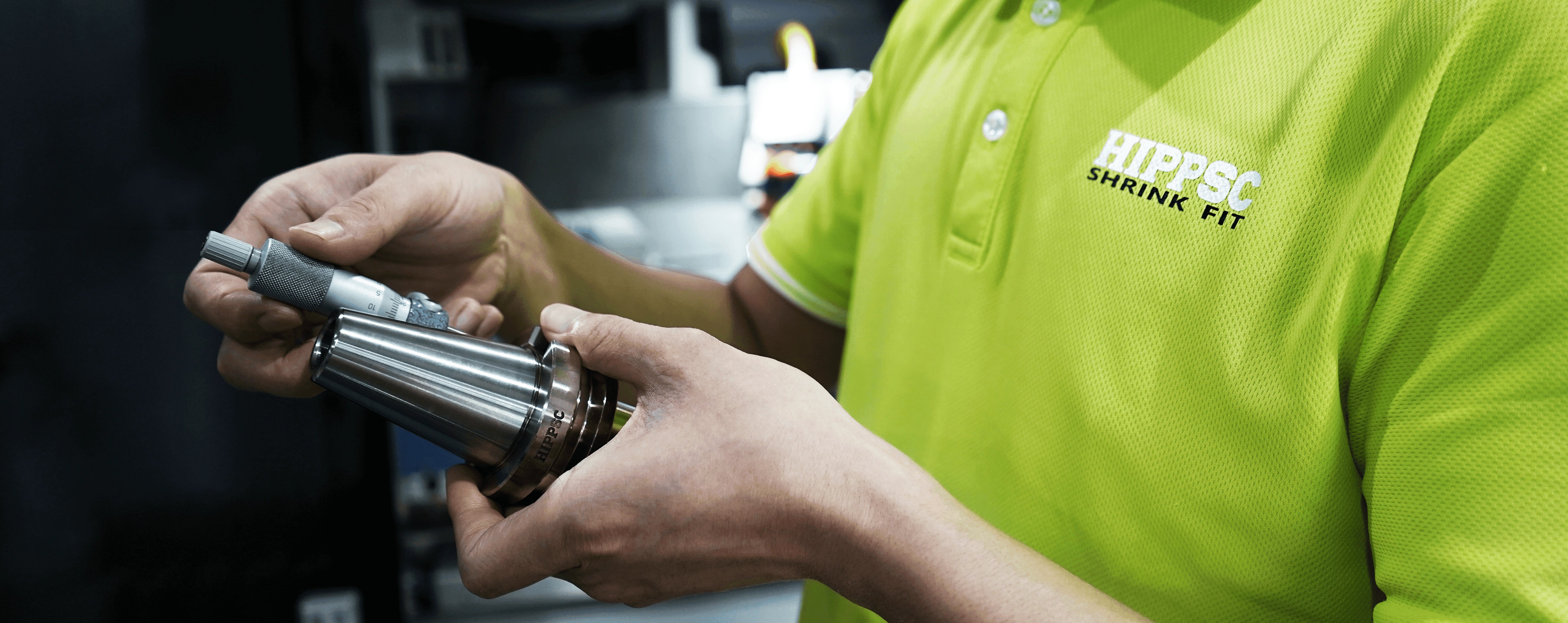
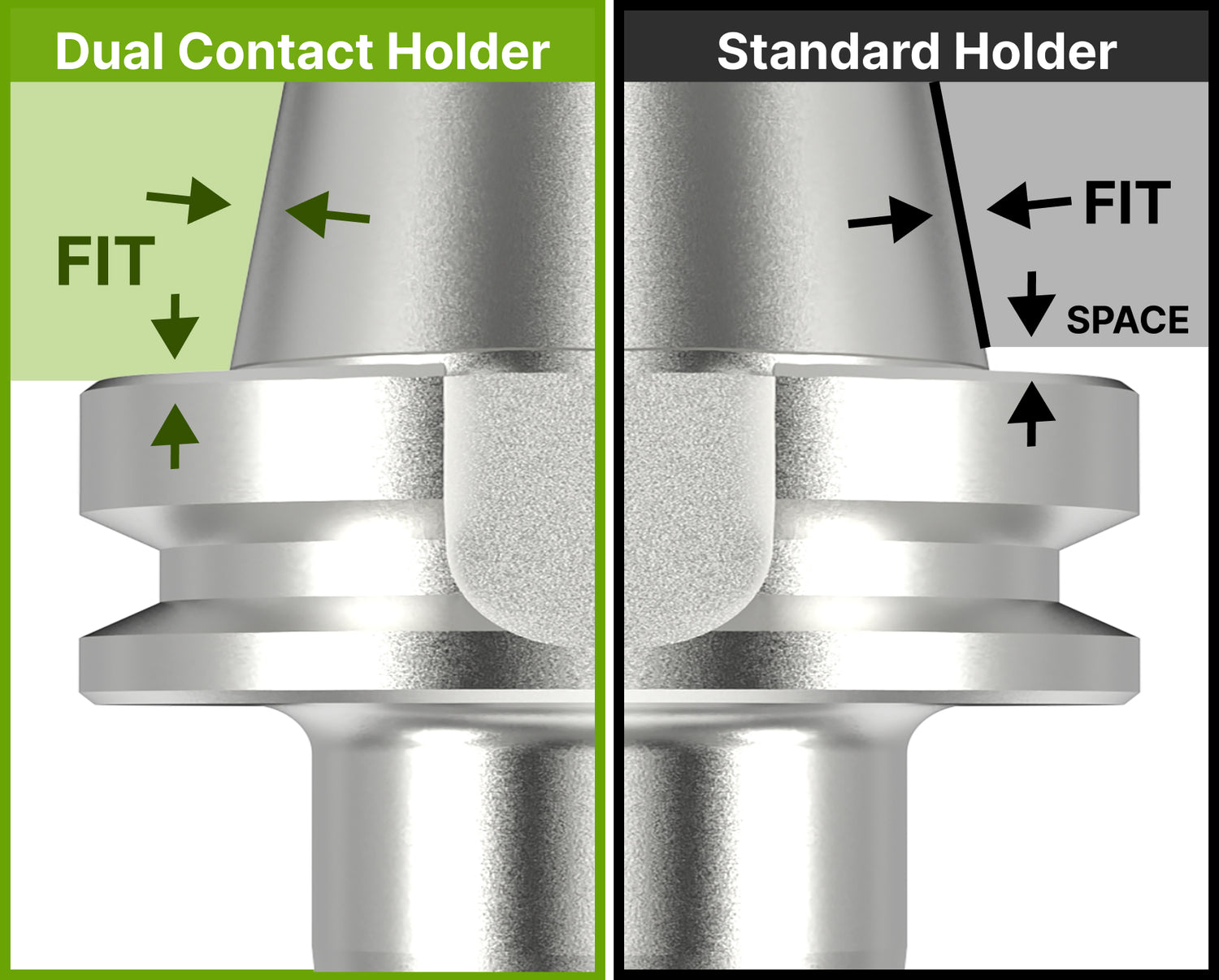
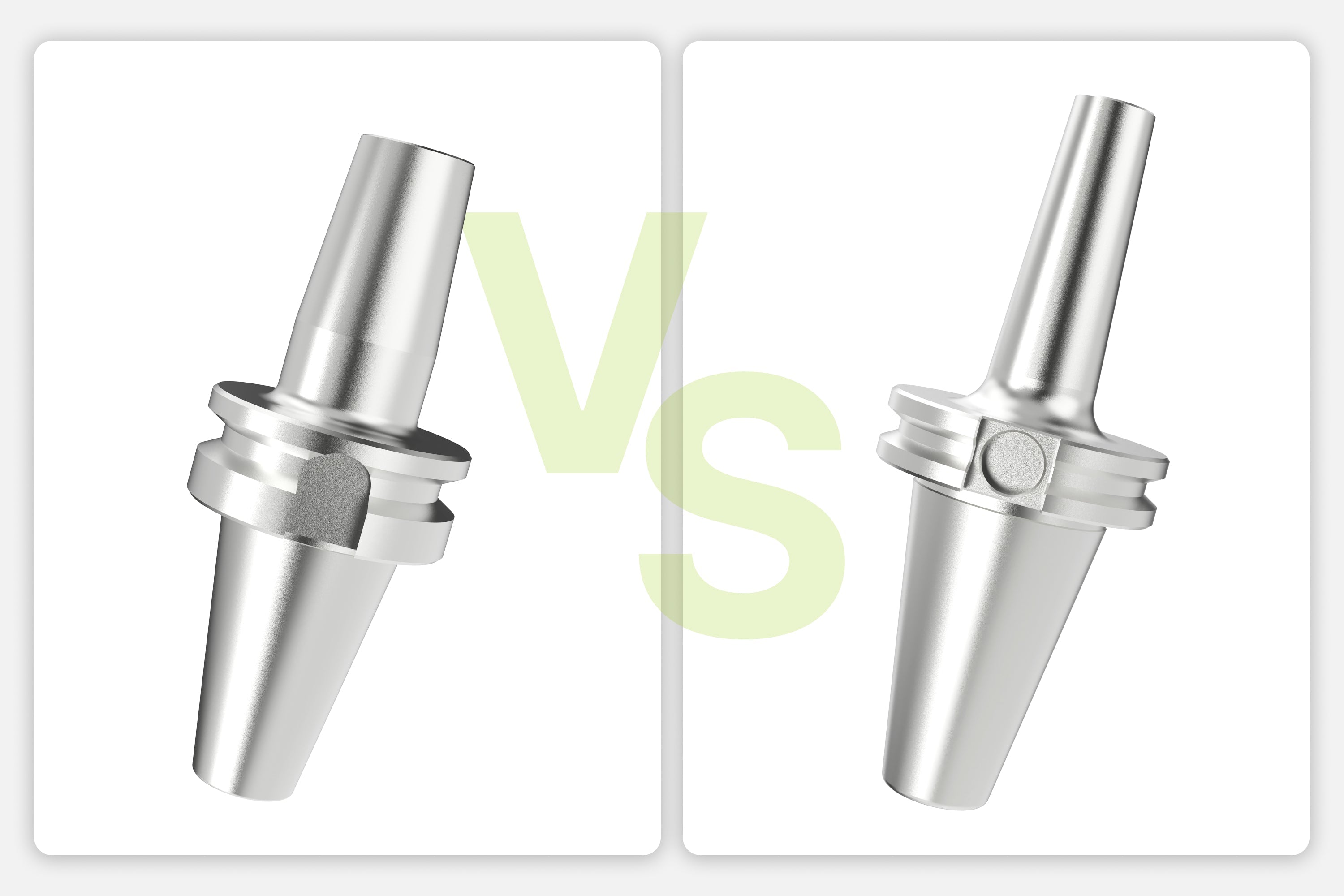
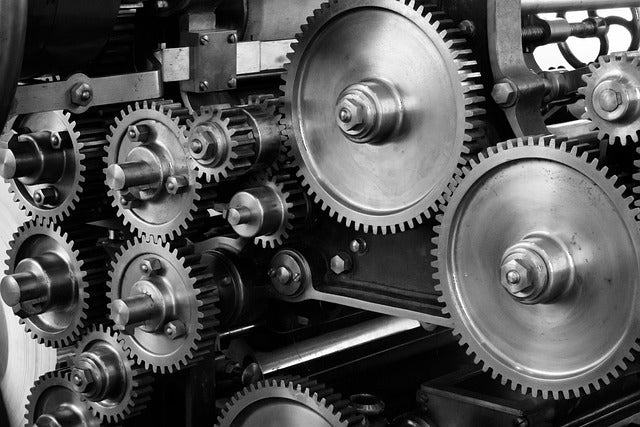
Leave a comment
All comments are moderated before being published.
This site is protected by hCaptcha and the hCaptcha Privacy Policy and Terms of Service apply.